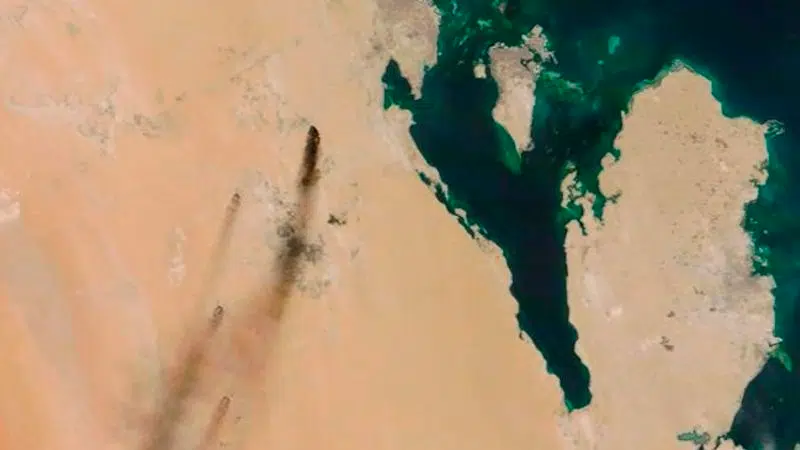
Yemen rebels claim drone attacks on major Saudi oil sites
DUBAI, United Arab Emirates — Drones claimed by Yemen’s Houthi rebels attacked the world’s largest oil processing facility in Saudi Arabia and a major oilfield operated by Saudi Aramco early Saturday, sparking a huge fire at a processor crucial to global energy supplies.
It wasn’t clear if there were any injuries in the attacks in Buqyaq and the Khurais oil field, nor what effect it would have on oil production in the kingdom. The attack also likely will heighten tensions further across the wider Persian Gulf amid a confrontation between the U.S. and Iran over its unraveling nuclear deal with world powers. The Houthis are backed by Tehran amid a yearslong Saudi-led war against them in Yemen.
Online videos apparently shot in Buqyaq included the sound of gunfire in the background. Smoke rose over the skyline and glowing flames could be seen a distance away at the Abqaiq oil processing facility.
Saudi state television later aired a segment with a correspondent there as smoke from the blazes clearly rose behind. That smoke also was visible from space.
